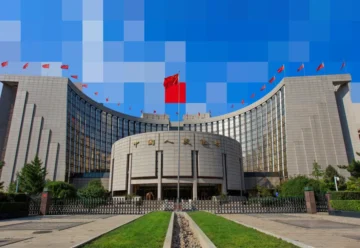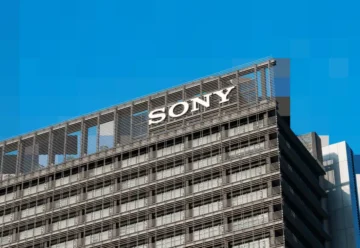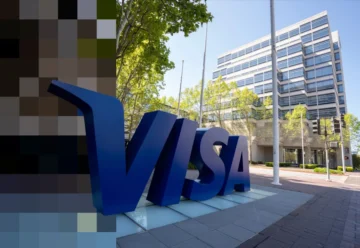BIS and UN Successfully Tested Blockchain-Based Green Derivatives
As part of the Genesis 2.0 project, several international organizations have joined forces to explore blockchain technology in the context of green investments.
The Bank for International Settlements (BIS), the UN Climate Change Global Innovation Hub (UNFCCC), and the Hong Kong Monetary Authority (HKMA) have tested two prototypes of tokenized green bonds. The project, called Genesis 2.0, sought to explore the use of blockchain technology, smart contracts, and the Internet of Things (IoT) in global environmental protection.
As a result of the project, two teams independently developed prototypes of tokenized green bonds. The new instruments are measured in units designated as “mitigation outcome interests” (MOIs). This is a kind of derivative that represents contracts for the future supply of verified carbon credits for their producers. Buyers, on the other hand, get to offset their carbon emissions with the future supply of carbon credits.
The first green bond prototype, developed by Goldman Sachs, Allinfra, and Digital Asset, implemented a decentralized infrastructure based on blockchain and smart contracts to create and distribute MOIs, as well as tools to provide IoT-based source data transparency.
The second prototype was developed by InterOpera, Krungthai Bank, Samwoo, and Sungshin Cement. It used blockchain-based automation and carbon credit producers’ APIs to track the entire “life cycle” of MOIs.
The project was a continuation of Genesis 1.0, which aimed to explore mechanisms for issuing blockchain-based retail green bonds. As conceived by its initiators, Genesis 2.0 will solve the problems of “green laundering” and the reliability of data from carbon credit providers.
Recall that blockchain technology is already common practice in programs related to the carbon credit market and other environmental initiatives. For example, Shell, Accenture, and Amex GMT have launched a blockchain platform for trading tokenized carbon-neutral aviation fuel.











